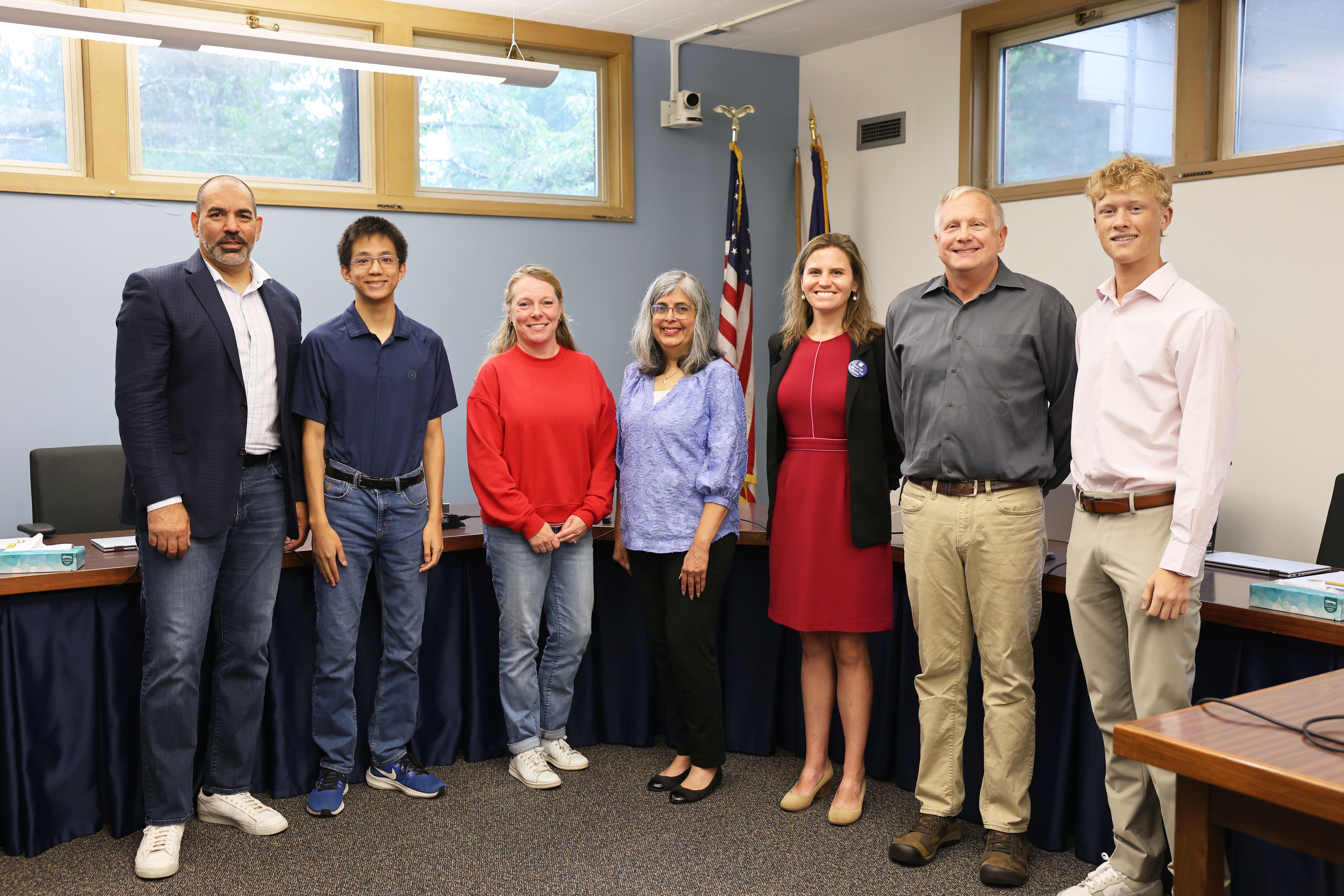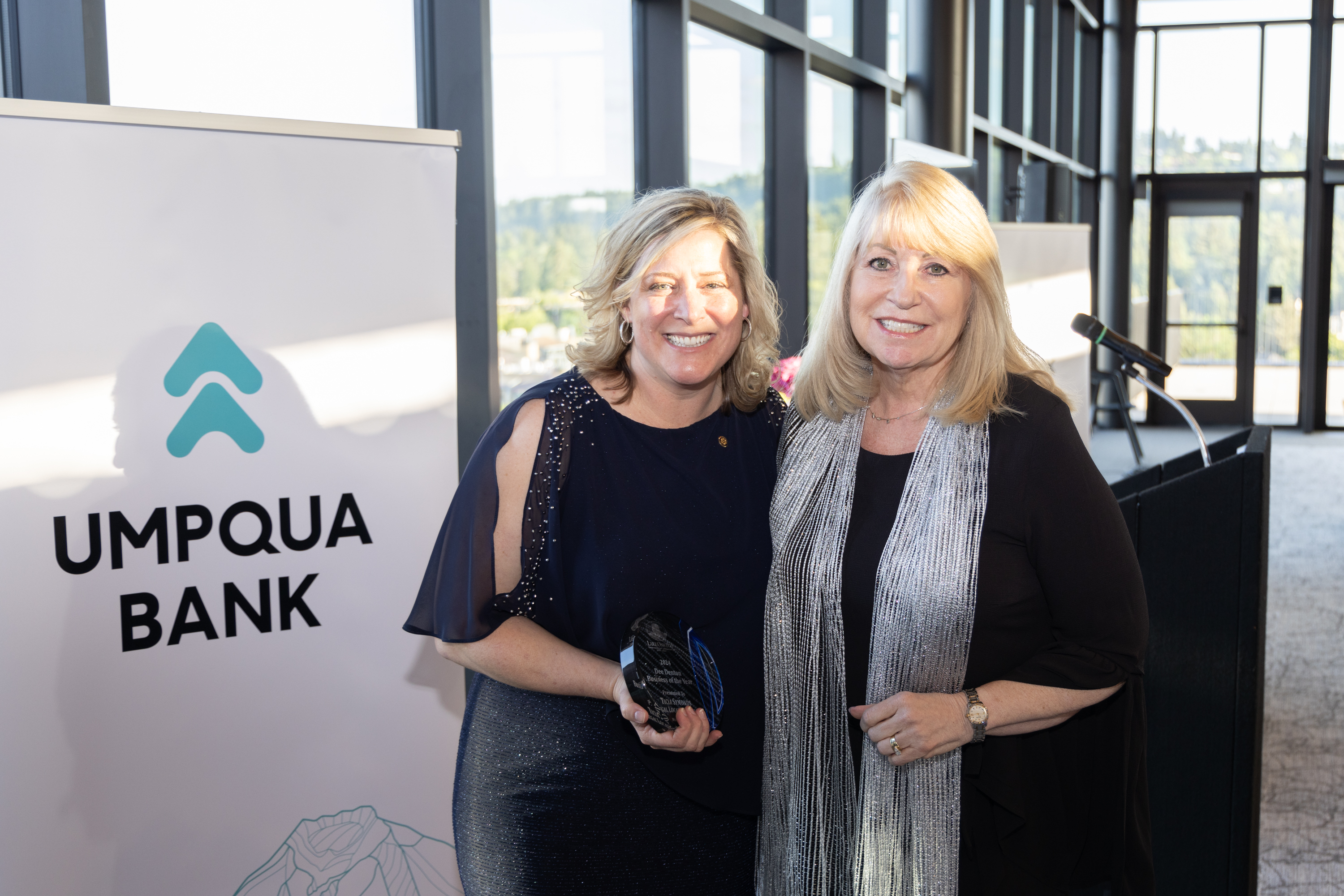OPINION: Act now on residential solar
Published 11:50 am Thursday, July 24, 2025
On July 4, 2025, the OBBB Act was signed, ending 20 years of federal tax credits for residential solar and, more recently, home battery systems. This 30% federal tax credit will end on Dec. 31, 2025. To obtain this credit, new solar systems must be installed and operational by this date. So if you have been considering residential solar, you should make your decision quickly as many installers are already booking out to the end of the year.
The city of Lake Oswego, Lake Oswego Sustainability Network (LOSN), Energy Trust of Oregon (ETO) and the nonprofit Solar Oregon have combined efforts in a campaign called “Solarize Lake Oswego” to educate residents about the benefits of solar and battery storage before these tax credits end.
There are many reasons to add solar to your home. Electricity produced by solar power is a hedge against rising electricity rates and will save you money on electricity over the 25-year life of the solar panels. Having solar panels on your roof also increases the value of your home. Adding a battery system along with solar panels will also make you energy resilient during power outages. Additionally, residential solar adds renewable energy to the grid, helping Oregon meet its clean energy goals to address the climate crisis.
Trending
In Lake Oswego, PGE’s net metering program provides a final benefit. In the summer, most days you will generate more electricity than you can use. This electricity will flow back into the grid and PGE will give you credit for it. Then, during the winter, when your solar panels are not generating enough electricity, PGE will supply your electricity from other sources, and you will pay the bill using these credits accrued in summer. These credits roll over from month to month. When you purchase your system, your contractor will look at your past PGE bills and size your system based on them so that your net-metering credits fit your usage.
There are limitations on eligibility for both the residential solar and the federal tax credits. The tax credits are available to homeowners only, not renters. The homeowner must have enough tax liability to take advantage of the tax credit. Roofs eligible for solar should be south, west or east facing with minimal shade. Many solar contractors can use satellite photos to determine if shade or the orientation of your roof meet the eligibility requirements for solar without even coming to your home. Your roof must also be in good condition with at least 10 years of remaining roof life.
Find out more and get a bid from an ETO Allied Contractor through the ETO Solarize Lake Oswego webpage at https://www.energytrust.org/solar/solarize-lake-oswego. Additional rebates are available from ETO and can be combined with the federal tax credits. Many installers offer financial plans and some credit unions have loans tailored to solar energy. Installers listed on the ETO Solarize Lake Oswego website will be clear with you if they can complete the work by Dec. 31 so that you will be eligible for the 30% federal tax credit.
Solar Oregon will present a free in-person workshop about residential solar at the Lake Oswego Public Library on Aug. 19, 6-7 p.m. Information about that workshop and a link to a previously presented workshop tailored to Lake Oswego residents can be found at the ETO Solarize Lake Oswego webpage.
Linda Ganzini is a member of the Lake Oswego Sustainability Network.








